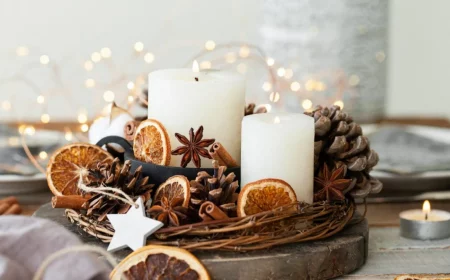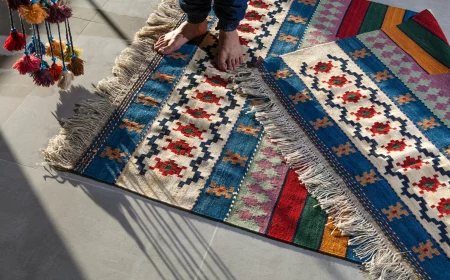The Real Guide to Indoor Fountains: Sound, Style, and Sanity
After helping countless people choose and install indoor water features, I can tell you two things for sure. The first thing they always say is how much they adore the gentle sound. The second thing, usually a few months down the road, is a frantic call about how to clean it. Let’s be real: a fountain is a living, breathing part of your home. It needs a little love, but the peaceful vibe it brings is totally worth it.
In this article
- More Than Just a Pretty Face: What Fountains Really Do
- Let’s Talk Types: Finding Your Perfect Fountain
- How It Works: A Quick Peek Under the Hood
- Installation: Putting It in the Right Spot
- Keeping It Clean: A Realistic Maintenance Plan
- Troubleshooting 101: When Things Go Wrong
- A Final Word on Safety
- Inspirational Gallery
A lot of folks see an indoor fountain as some kind of wild luxury, and sure, those giant custom water walls are a big investment. But a simple, high-quality fountain? That’s something just about anyone can bring into their home. This guide is my brain dump of everything I’ve learned. We’ll go over how to pick the right one for your space and budget, how to set it up without any drama, and most importantly, how to keep it running beautifully without it becoming a chore.
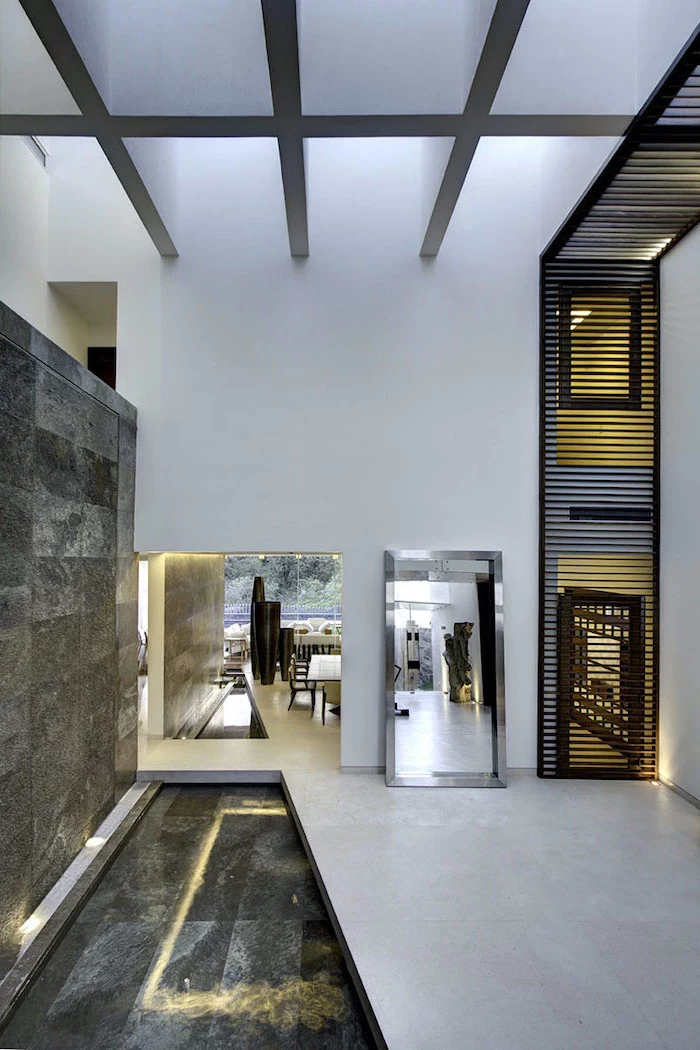
More Than Just a Pretty Face: What Fountains Really Do
So, a fountain does a lot more than just sit there looking nice. The impact it has on a room is something you can actually feel. When you get why it works, you’ll appreciate it even more.
That Soothing Sound is No Joke
The gentle murmur of flowing water is basically nature’s white noise machine. It’s a steady, non-threatening sound that can effectively mask distracting noises like street traffic or a neighbor’s TV. It’s a genuine form of sound therapy.
I once worked with a client, a lawyer, who was desperate for a way to unwind after intense days in court. We picked out a slate wall fountain with a smooth, sheeting flow for his home office. He told me later that the soft sound became a mental cue—a signal to his brain that it was time to relax and let go of the day’s stress. The key here is consistency. A good fountain shouldn’t splash or gurgle like a leaky faucet; it should have a smooth, predictable flow.
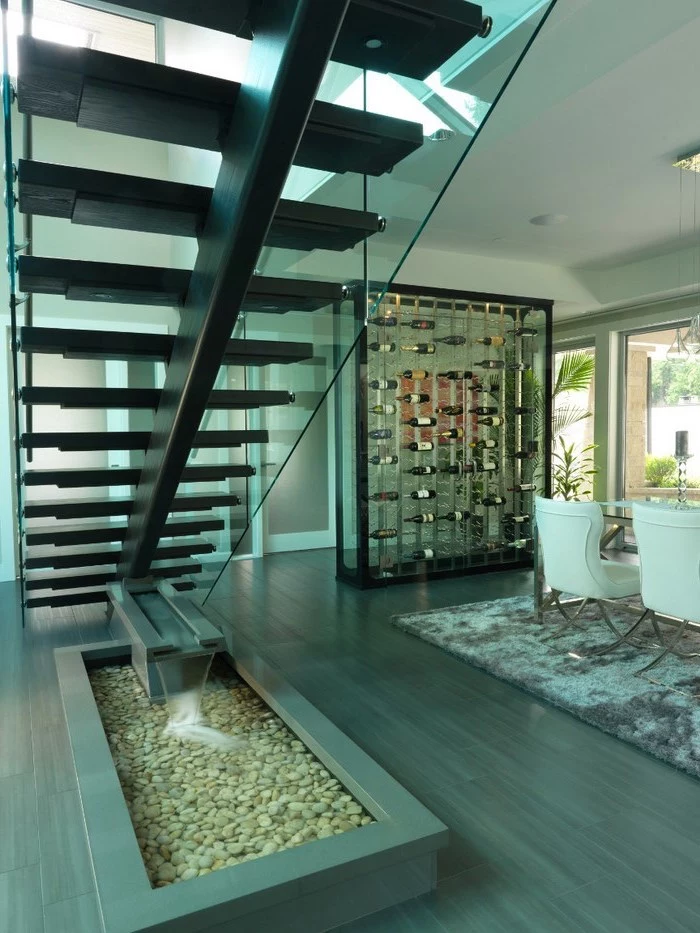
Better Air, Happy Plants
An indoor fountain is also a fantastic natural humidifier. As water moves and evaporates, it adds moisture to the air. You’ll really notice this in dry climates or during the winter when the central heating is blasting. If you have dry skin or sinuses, this is a huge plus. By the way, if you’re a plant parent with tropicals like ferns or orchids, placing a fountain nearby can create a little microclimate that helps them thrive.
You might also hear people talk about negative ions. The science is pretty straightforward: moving water can release negatively charged ions. These little guys act like magnets for airborne particles like dust and pollen, making them heavy enough to fall out of the air. While a small fountain won’t replace a HEPA filter, it definitely contributes to a fresher, cleaner-feeling space.
Let’s Talk Types: Finding Your Perfect Fountain
Okay, let’s get into the nitty-gritty. Choosing the right fountain really comes down to your space, your budget, and how much time you want to spend on it. Each type has its own personality.
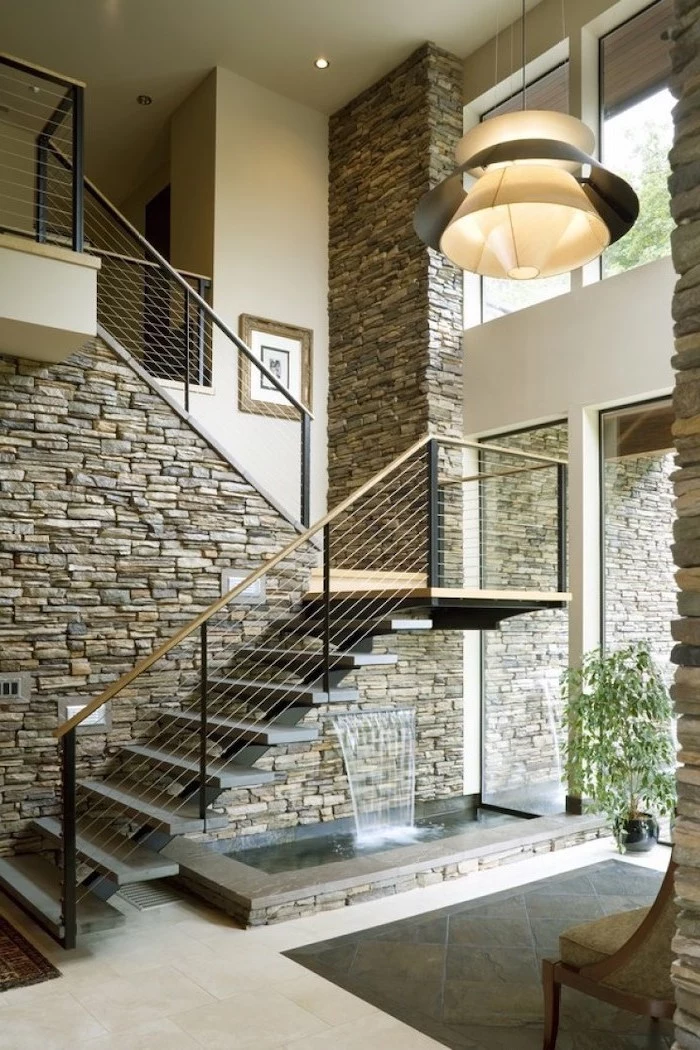
Tabletop Fountains: The Perfect Starter Piece
These are the most common and budget-friendly way to get started. They’re self-contained little units you can pop on a desk, an end table, or a bookshelf. But be warned, quality varies WILDLY. The cheap ones are often plastic resin with noisy, buzzy pumps that will drive you nuts and probably die in a few months. A good tabletop fountain, usually made of ceramic, slate, or copper, will run you between $75 and $200.
Heads up! A common mistake is assuming these are splash-proof. They’re not. Even a small fountain can create a fine mist. My advice? Always place it on a waterproof tray or a decorative mat. Never put one directly on that beautiful wood desk or next to your laptop. Seriously.
Floor-Standing Fountains: The Room’s Centerpiece
Ready to make more of a statement? A floor fountain can become a true focal point. These can be tall, elegant towers or wider basin-style features. The main thing to consider here is weight and stability. A big stone fountain filled with water is incredibly heavy. As a general rule of thumb, if two adults can stand close together on a spot without the floor groaning or flexing, it can likely handle a fountain up to about 300 lbs. Anything bigger, and you might want a pro’s opinion.
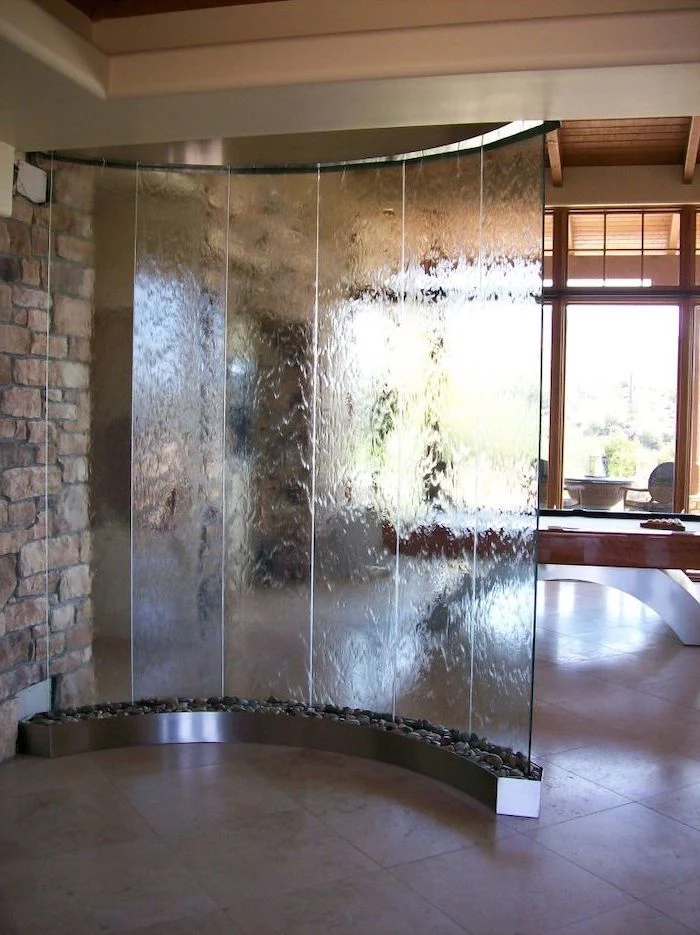
Price-wise, a decent floor-standing model starts around $300 and can easily climb into the thousands. Because of their size, place them in low-traffic areas where they won’t get bumped, especially if you have kids or a clumsy golden retriever running around.
Wall-Mounted Fountains: The Space-Saving Statement
I love wall fountains. They’re beautiful, they save floor space, and they look incredibly chic. But the installation is a whole other ballgame. They are HEAVY. A medium-sized slate or glass wall fountain can weigh 75-150 pounds before water. It absolutely must be anchored into wall studs—drywall anchors alone will not cut it. I’ve seen the aftermath of a fountain that pulled a whole chunk of drywall down. It wasn’t pretty.
You’ll spend at least $250 for a smaller model, with larger, more intricate designs going well over $1,000, and that doesn’t include installation. For a truly clean look, you’ll want an electrician to install a recessed outlet right behind it. It’s a small job that makes a huge difference.
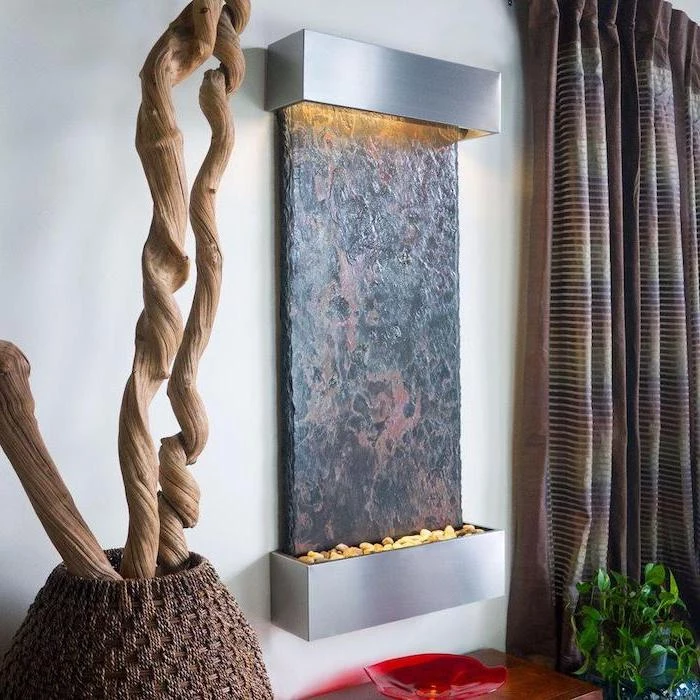
How It Works: A Quick Peek Under the Hood
Understanding the basic parts of your fountain makes taking care of it way less intimidating. It’s really just two things: the pump and the water.
The Pump: Your Fountain’s Heart
The pump is just a small, submersible motor that pushes water up a tube. The key spec is GPH, or Gallons Per Hour. It needs to be matched to the fountain’s size—too weak and you get a sad little dribble; too strong and you’ll be wiping up splashes all day. Many quality pumps have a little adjustable flow dial, which is a fantastic feature for fine-tuning the sound. A slight hum is normal, but any loud rattling is a bad sign.
The Water: Source of Beauty (and Problems)
This is where most people run into trouble. If you live in an area with hard water, your tap water is full of minerals. As water evaporates, those minerals get left behind as a crusty white film called scale. It clogs pumps, blocks tubes, and looks awful.
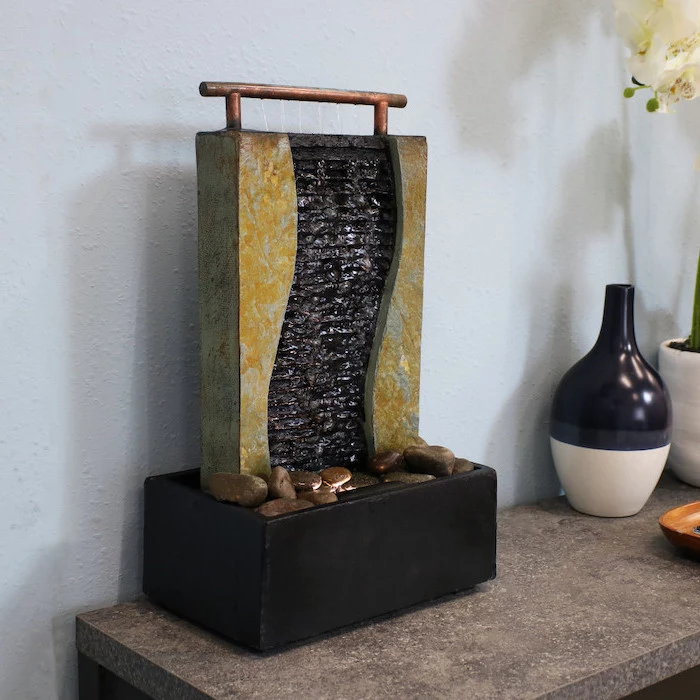
The absolute best solution? Use distilled water. It’s had all the minerals removed, so it virtually eliminates scale and discourages algae. Yes, you have to buy it, but a gallon is usually about a buck at the grocery store. A small fountain might use a gallon a week, so you’re looking at a monthly cost of around $5 for perfectly clean, hassle-free water. To me, that’s a worthy investment.
Installation: Putting It in the Right Spot
Where you place your fountain makes a huge difference in safety, maintenance, and how much you enjoy it.
- Think About Sound. Put the fountain where you actually want to hear it. A quiet reading nook, a hallway, or a home office is often a better choice than right next to the TV, where the competing sounds can be more annoying than relaxing.
- Plan for Power. The pump needs a plug. Never, ever run an extension cord across a walkway or under a rug—it’s a major trip and fire hazard. And for any fountain, especially one near a sink or in a bathroom, please plug it into a GFCI (Ground Fault Circuit Interrupter) outlet. You can even buy a plug-in GFCI adapter for about $15 at a hardware store. It’s a critical safety feature.
- Dodge the Sun. Keep your fountain out of direct sunlight. The sun is like a magic grow-light for algae, turning your pristine feature into a green, swampy mess. It also makes the water evaporate faster.
- Protect Your Surfaces. A little bit of splash is inevitable. Over time, it can wreck wood floors, laminate, or carpet. If you can, place your fountain on a tile or stone floor. If not, a simple waterproof mat or tray underneath will save you a world of hurt later.
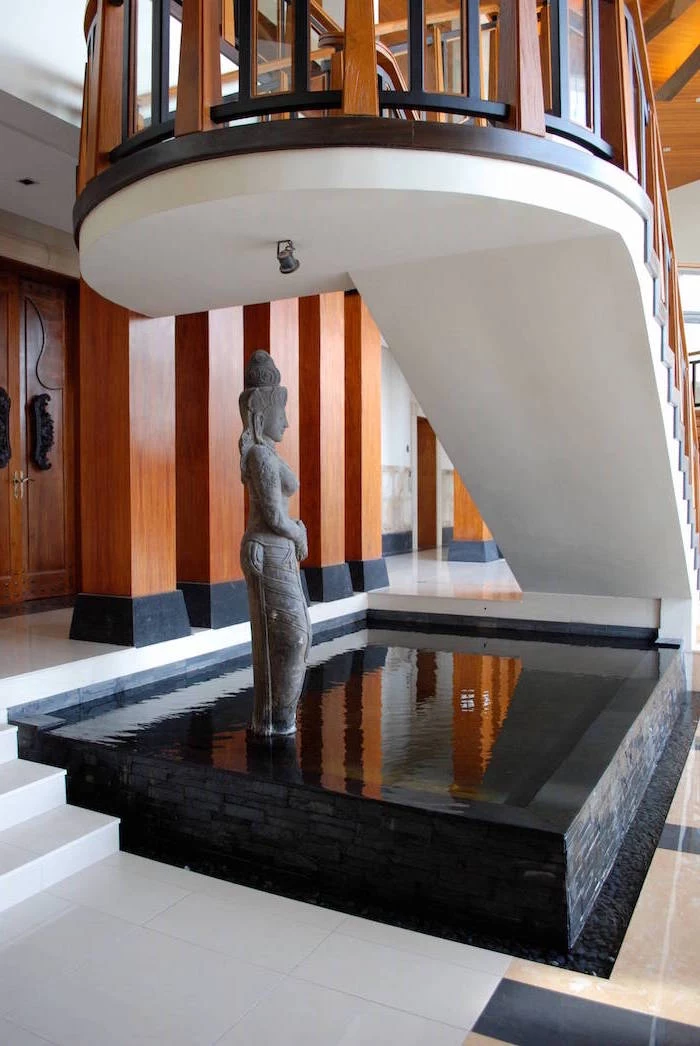
Keeping It Clean: A Realistic Maintenance Plan
Your fountain isn’t a maintenance-free appliance. It’s a tiny ecosystem that needs a simple, regular routine.
The Cleaning Schedule
For most tabletop or floor fountains, here’s the routine:
- Every Few Days: Check the water level. The pump MUST always be fully submerged. A dry pump is a dead pump. Top it off with distilled water.
- Monthly (or when it looks funky): Time for a deep clean. Don’t skip this. Plan for about 30-45 minutes to do it right.
How to Do a Deep Clean
First, get your simple cleaning kit ready. You just need a jug of distilled water, some plain white vinegar, a small soft brush (an old toothbrush is perfect), and maybe a bottle of pet-safe fountain enzyme treatment, which you can find online or at pet stores for $10-$15.
- UNPLUG IT. I can’t say this enough. Water and electricity are not friends.
- Drain all the water out.
- Take the fountain apart, removing the pump and any decorative rocks.
- Scrub all the surfaces with a mix of white vinegar and water. This dissolves mineral deposits. For really stubborn scale, you might need a dedicated fountain cleaner.
- Now, the most important part: clean the pump. Use your little brush to scrub the outside and especially the intake screen. Most pumps can be opened up so you can clean the little spinner (the impeller) inside.
- Rinse everything really well to get all the cleaner off.
- Reassemble, refill with fresh distilled water, and plug it back in. Done!
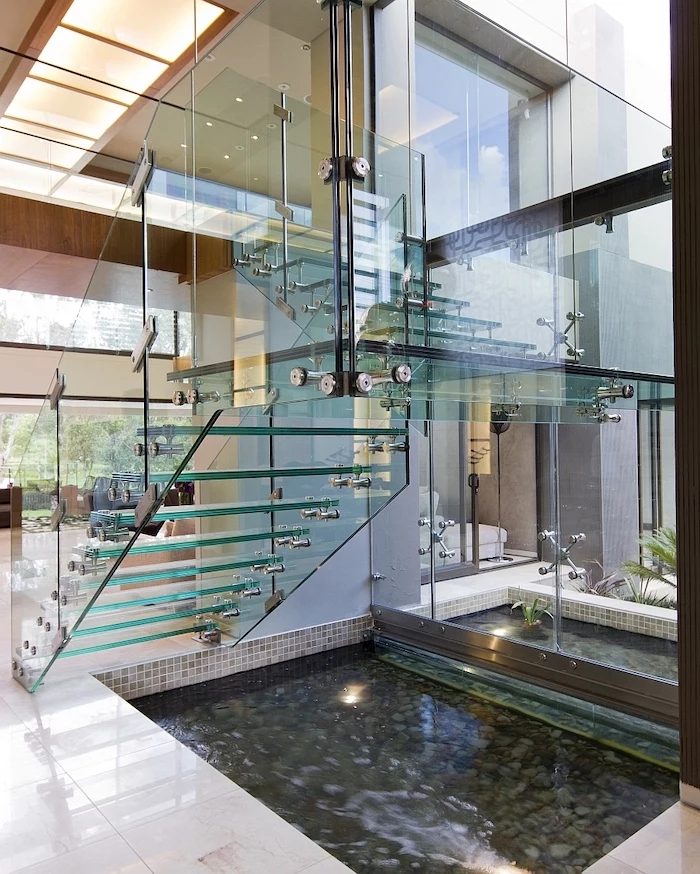
Troubleshooting 101: When Things Go Wrong
- Pump’s Not Working? 99% of the time, the water level is too low. Check that first. If not, the intake is probably clogged. Unplug it and clean the pump.
- Weak Water Flow? The pump intake or the tubing is likely clogged. Time for that deep clean. Oh yeah, also check that the little flow-control dial on the pump didn’t get bumped to the lowest setting.
- Splashing Everywhere? The flow rate might be too high, so dial it back if you can. Here’s a lesser-known trick: you can “tune” the sound. Add more or larger rocks to the basin to soften the water’s fall and reduce splashing. Want it a little louder? Take some rocks out!
- It’s Turning Green! That’s algae. It’s getting too much light or you’re using tap water. Clean it thoroughly, move it to a shadier spot, and switch to distilled water. You can also add a few drops of a pet-safe enzyme cleaner, like Fountec, each time you refill.
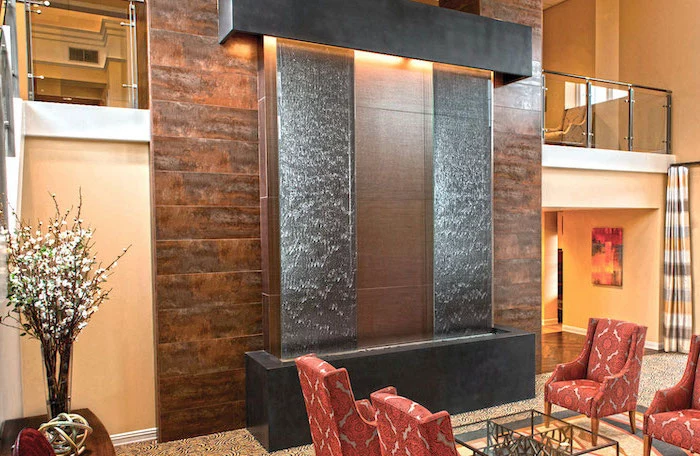
A Final Word on Safety
I know I’ve mentioned some of this already, but it bears repeating. Water and electricity demand respect. Always use a GFCI outlet. Regularly check under and around your fountain for any signs of moisture to catch slow leaks before they cause major damage.
And if you have small kids or pets, think about safety. A large, open-basin fountain could be a hazard for a toddler. Pets often love to drink from fountains, which is another great reason to use pure distilled water and avoid any harsh chemicals.
Honestly, an indoor fountain is one of the best investments you can make for your home’s atmosphere. With a little bit of care, it’s a feature that pays you back every single day with peace and quiet.
Inspirational Gallery
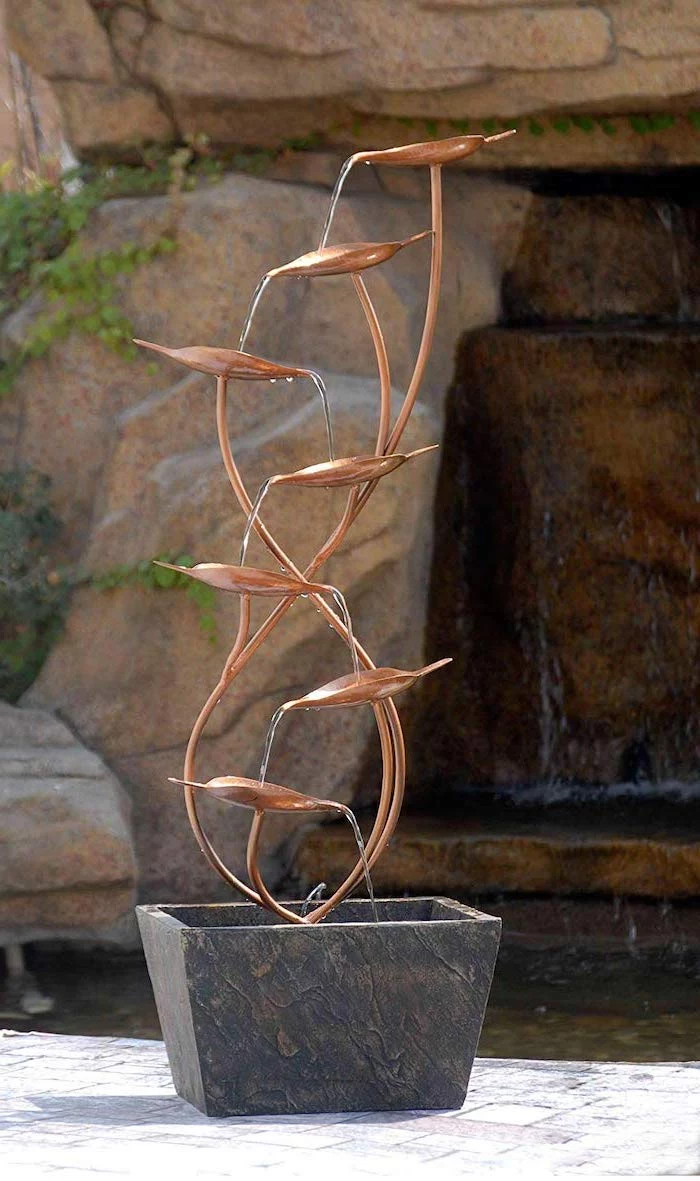
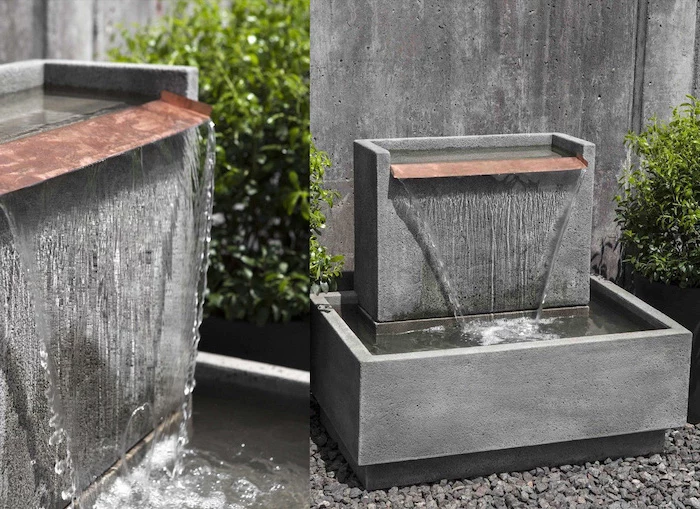
The secret to crystal-clear water? It’s not just about cleaning. Start with distilled or demineralized water from the get-go. Tap water is full of minerals that leave white, crusty deposits (limescale) on your beautiful fountain and can clog the pump over time. Making the switch means less scrubbing and a longer life for your water feature.
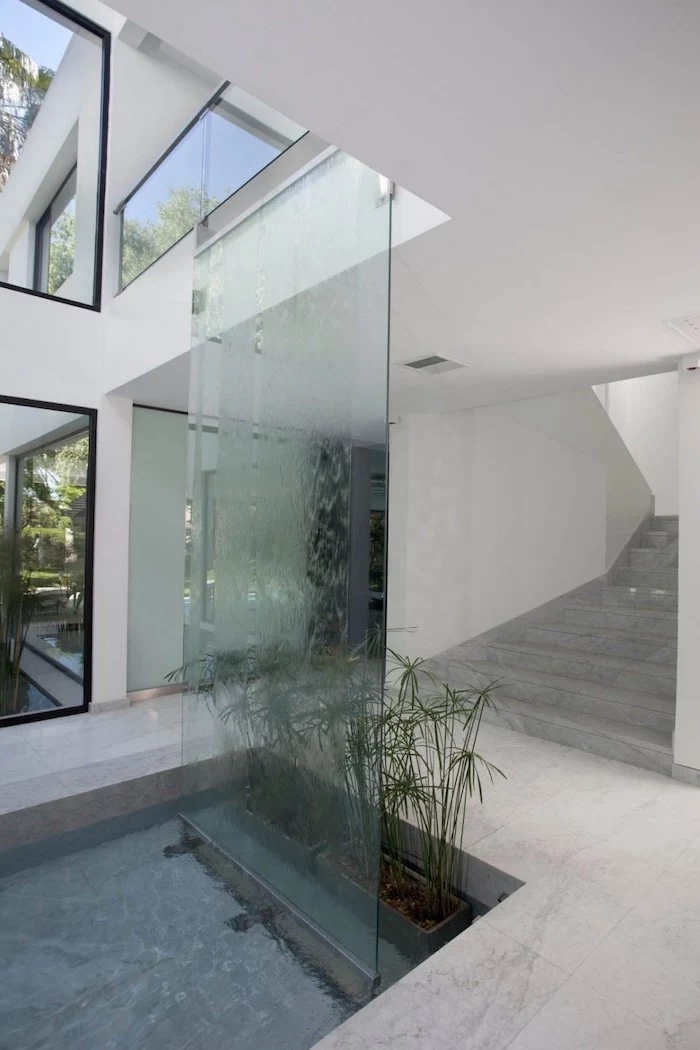
- Prevents algae growth naturally.
- Stops mineral buildup on surfaces.
- Keeps the pump running smoothly.
The trick? A few drops of a specialized product like Fountec Algaecide and Clarifier. It’s safe for all finishes and keeps the water looking pristine for weeks, saving you constant cleaning cycles.
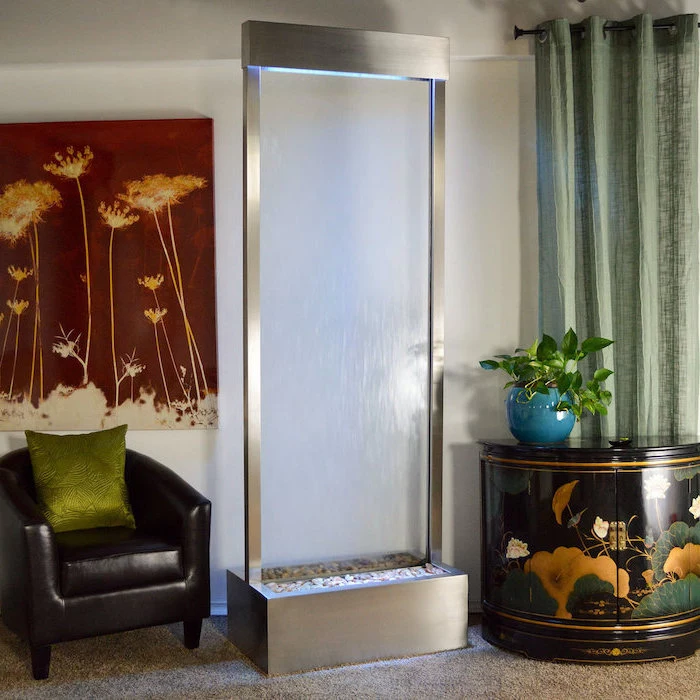
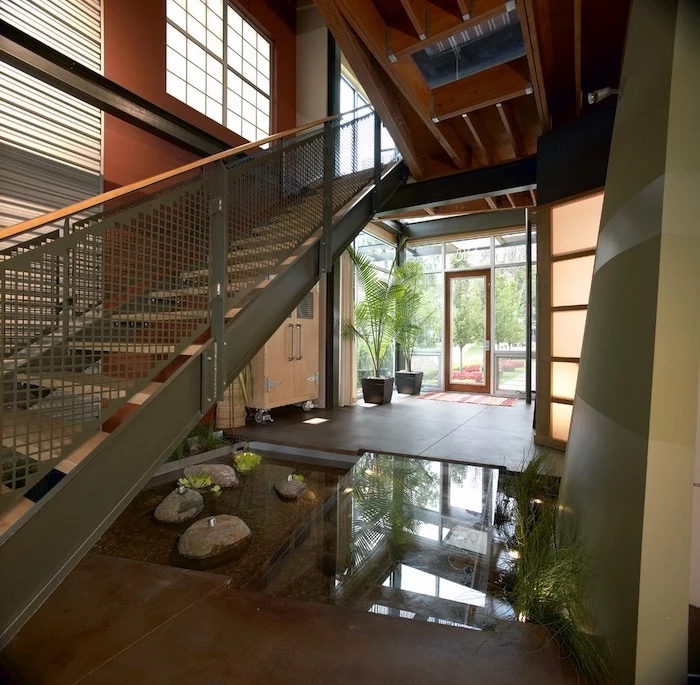
A study published in the Journal of the Acoustical Society of America found that natural sounds, like flowing water, can improve cognitive performance and concentration.
This isn’t just about relaxation; it’s about focus. Placing a small, quiet fountain in your home office can create a ‘sound cocoon,’ masking distracting household noises and helping you enter a state of flow. The gentle, consistent sound provides a calming backdrop without being intrusive.
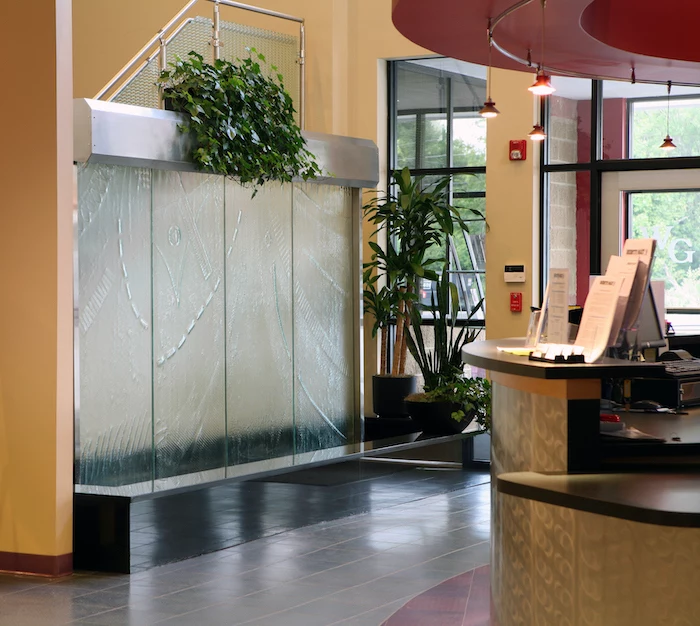
Can I customize the sound of my fountain?
Absolutely! The sound is determined by how the water lands. For a softer, trickling murmur, add more river stones or glass beads to the basin for the water to fall on. For a more pronounced, resonant sound, allow the water to fall directly into the pool. Experiment by rearranging the stones until you find the perfect acoustic sweet spot for your space.
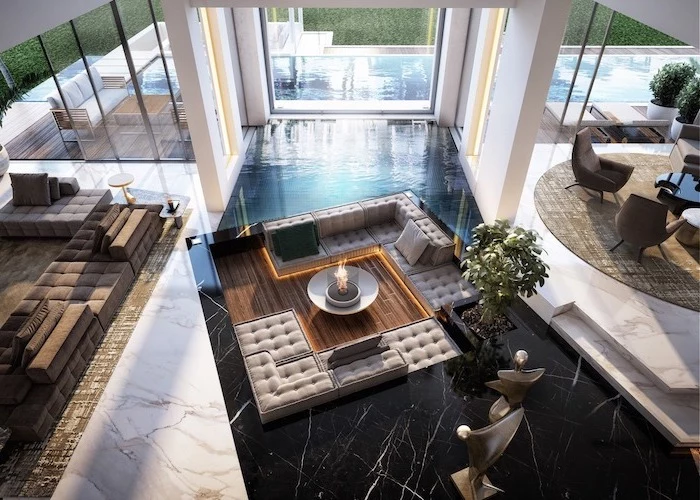
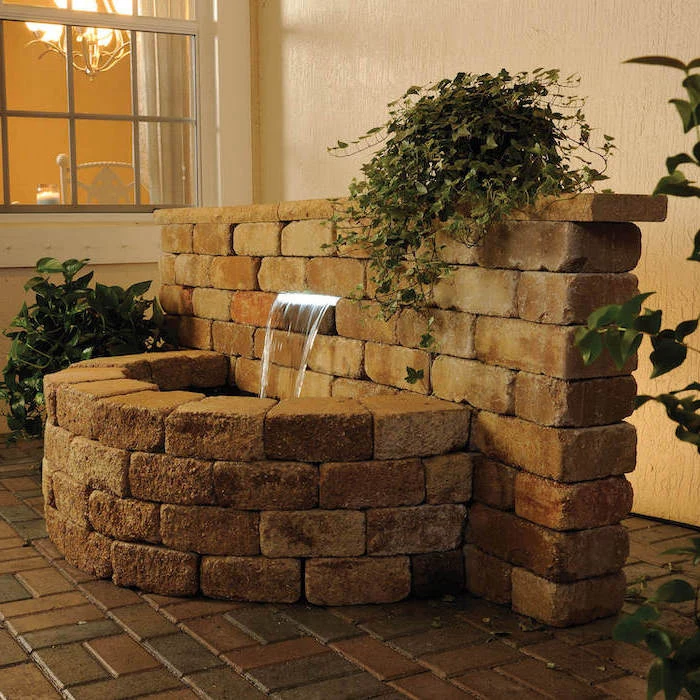
Material Matchmaking: The Vibe of Your Fountain
The material of your fountain dramatically impacts the room’s style. For a rustic, earthy feel, look for natural slate or stone. A modern, minimalist space is complemented by the clean lines of stainless steel or glass. For a touch of old-world elegance, a weathered copper or bronze fountain develops a beautiful patina over time.
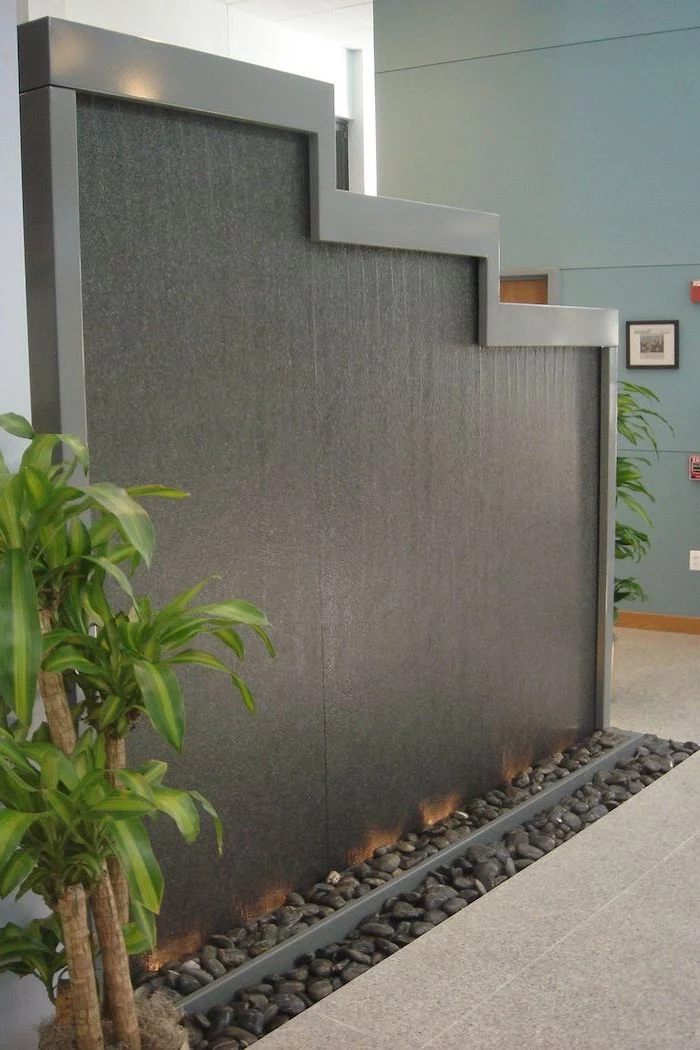
Don’t let a noisy pump ruin the serenity. If your fountain’s motor is louder than its water flow, try these quick fixes:
- Ensure the pump is fully submerged; low water levels are a common cause of noise.
- Place a small piece of sponge or foam under the pump to absorb vibrations against the basin.
- Check that the intake isn’t clogged with debris.
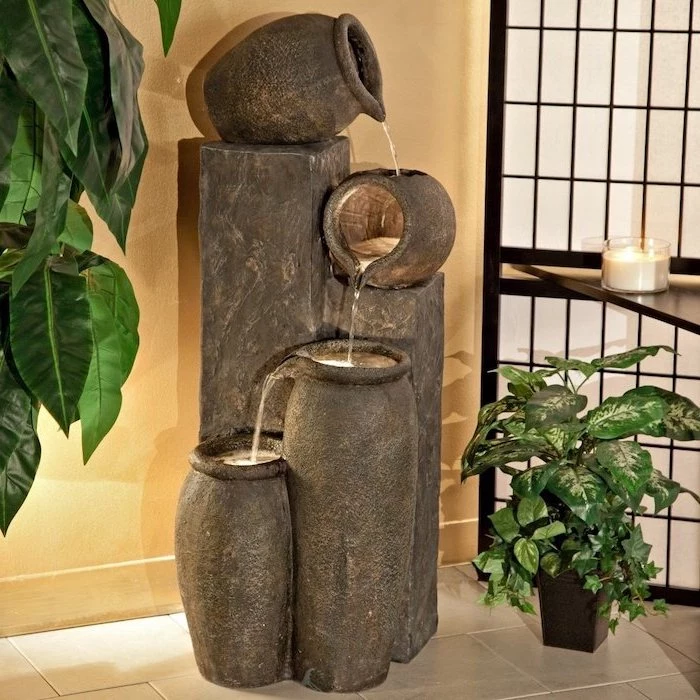
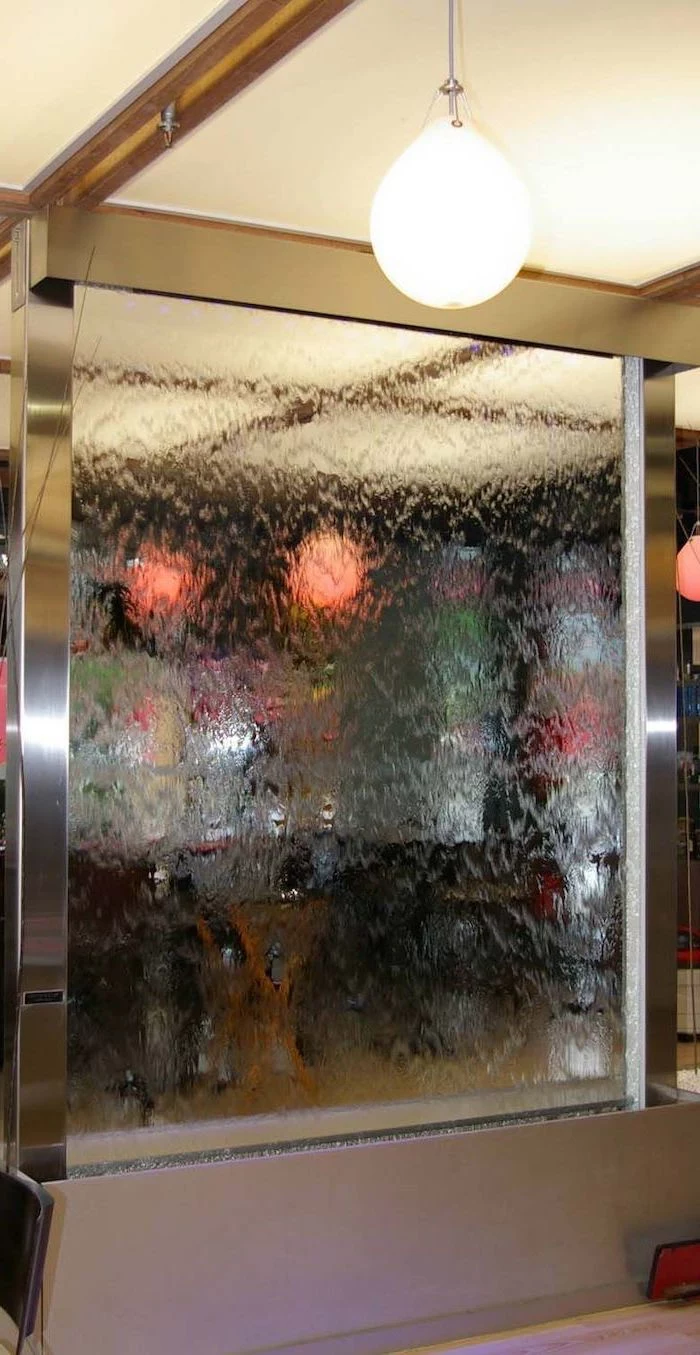
In Feng Shui, flowing water symbolizes the flow of money and prosperity. The key is that the water should flow towards the center of your home, not away from it (like out the front door), to invite wealth in.
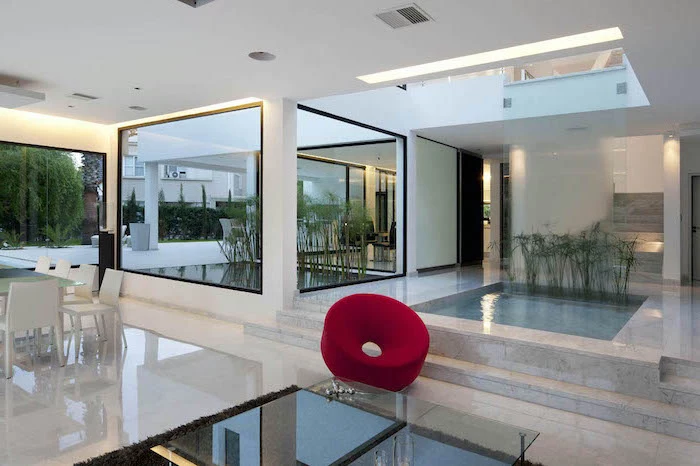
A common mistake: Ignoring the splash zone. Even the best-designed fountains can produce a fine mist or tiny splashes. Avoid placing them directly on unprotected wood floors, antique furniture, or near electronics. A stylish waterproof tray or a placement on a tile or stone surface is always a smart move.
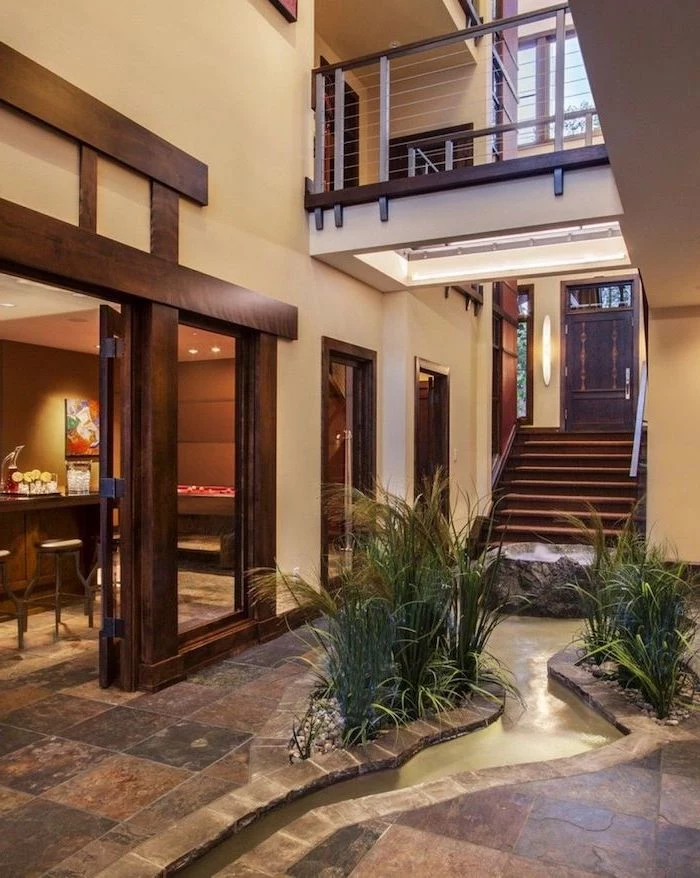

Tabletop Fountains: Perfect for desks, nightstands, or small apartments. They’re affordable, portable, and offer a subtle, personal zone of tranquility. Brands like HoMedics offer a variety of accessible, plug-and-play options.
Floor Fountains: These make a significant design statement in living rooms, entryways, or meditation corners. They have a more substantial sound presence and can act as a stunning piece of sculptural art.
The choice depends on whether you need a personal soother or a room-defining feature.
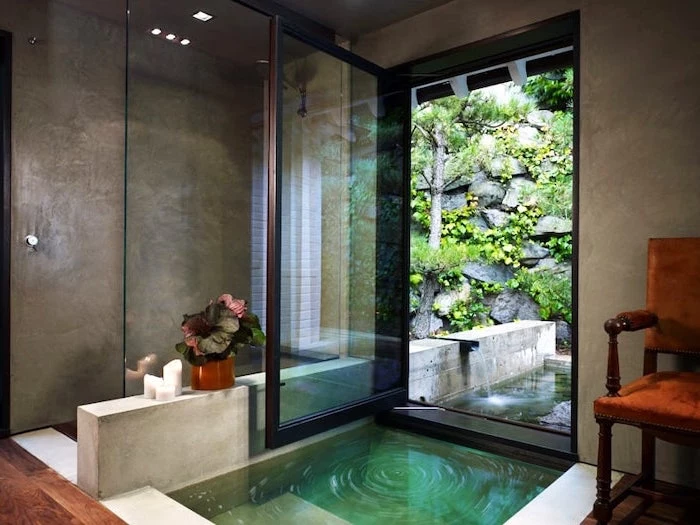
The trend of integrated LED lighting has transformed indoor fountains. No longer just for sound, they now serve as ambient light sources. A soft, upward-facing light can create mesmerizing patterns on the ceiling as the water trickles over it, adding a dynamic, resort-like quality to your evenings.
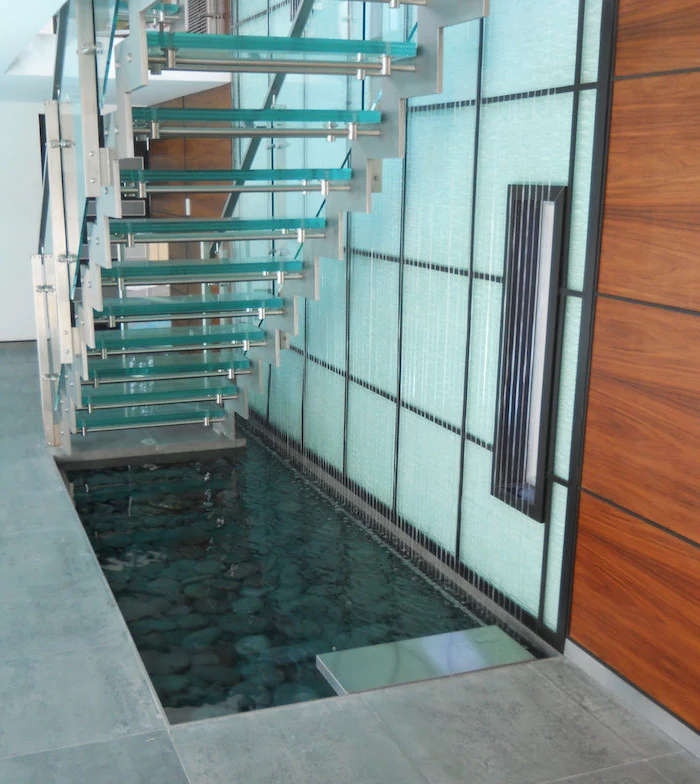
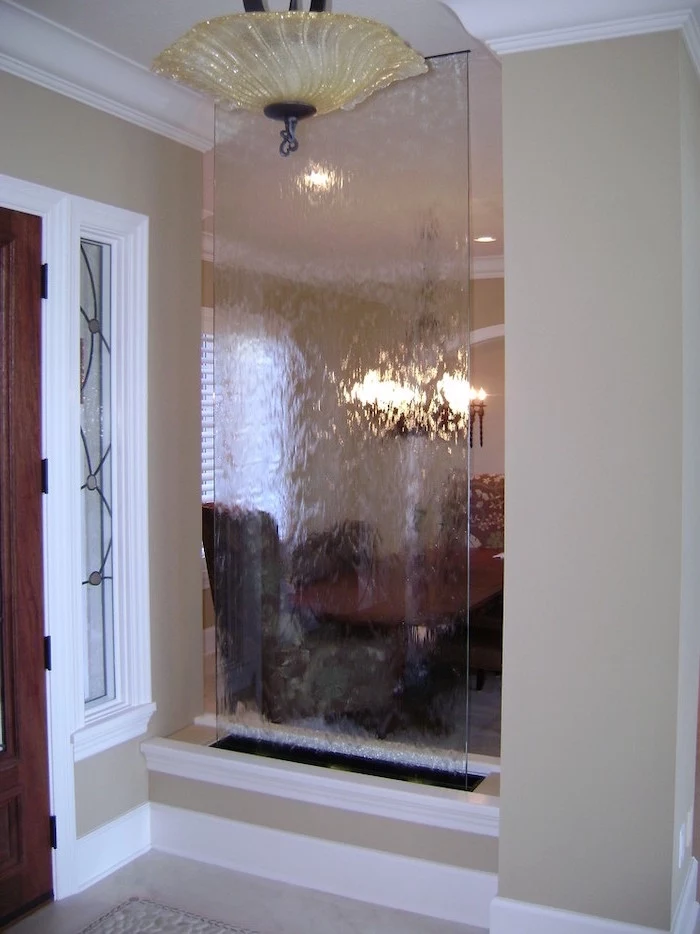
Thinking of adding life to your water feature? Be selective. While most indoor fountains are too small for fish, you can easily tuck in plants that thrive in humidity.
- Place a small pot of lush moss or a delicate fern next to the fountain to catch the ambient moisture.
- Air plants (Tillandsia) can be artfully arranged on the fountain’s non-submerged rocks.
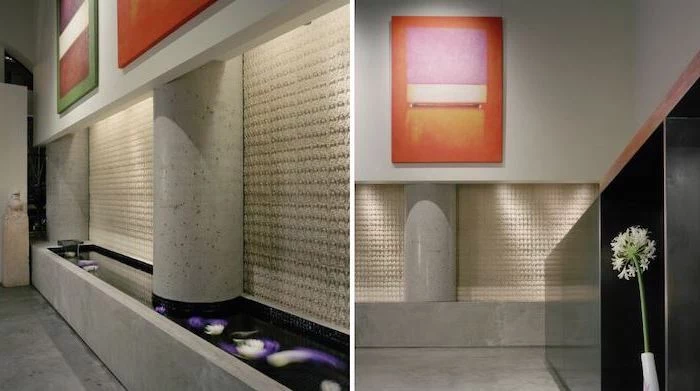
Is a bigger fountain harder to maintain?
Not necessarily. In fact, a larger reservoir means water evaporates more slowly, so you’ll top it up less frequently than a tiny desktop model. The key factor isn’t size, but the quality of the pump and the ease of access for cleaning. A well-designed large fountain can often be less work than a poorly designed small one.
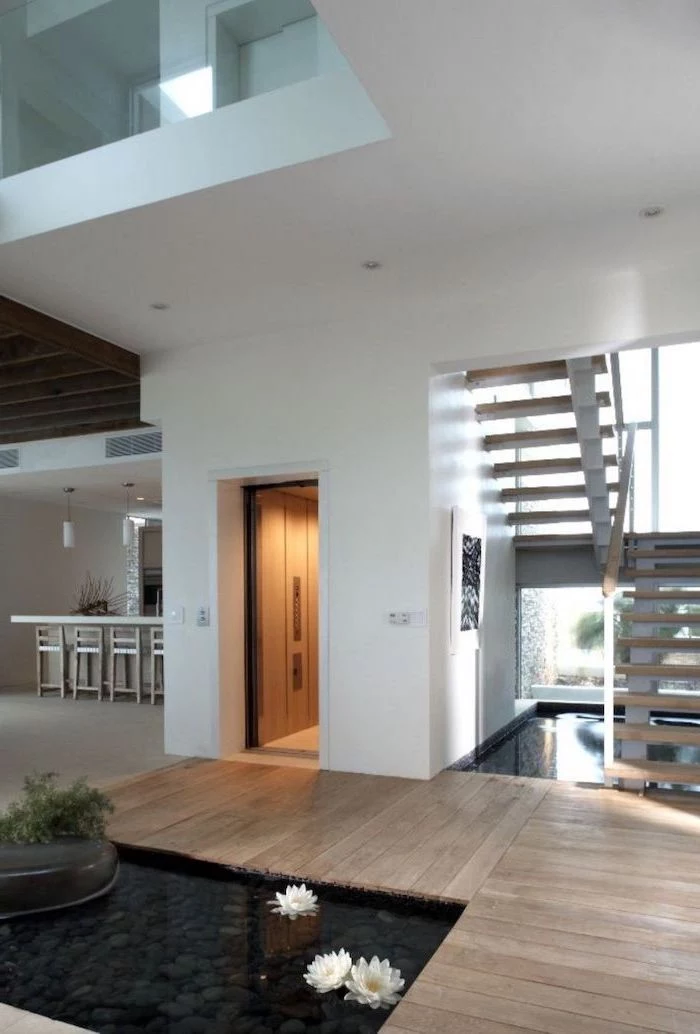
An important detail: Check the pump’s GPH (Gallons Per Hour) rating. This determines the strength of the water flow. A high GPH is needed for a tall wall fountain to ensure water reaches the top, while a very low GPH is perfect for a small tabletop bowl where you want a gentle bubble, not a geyser.
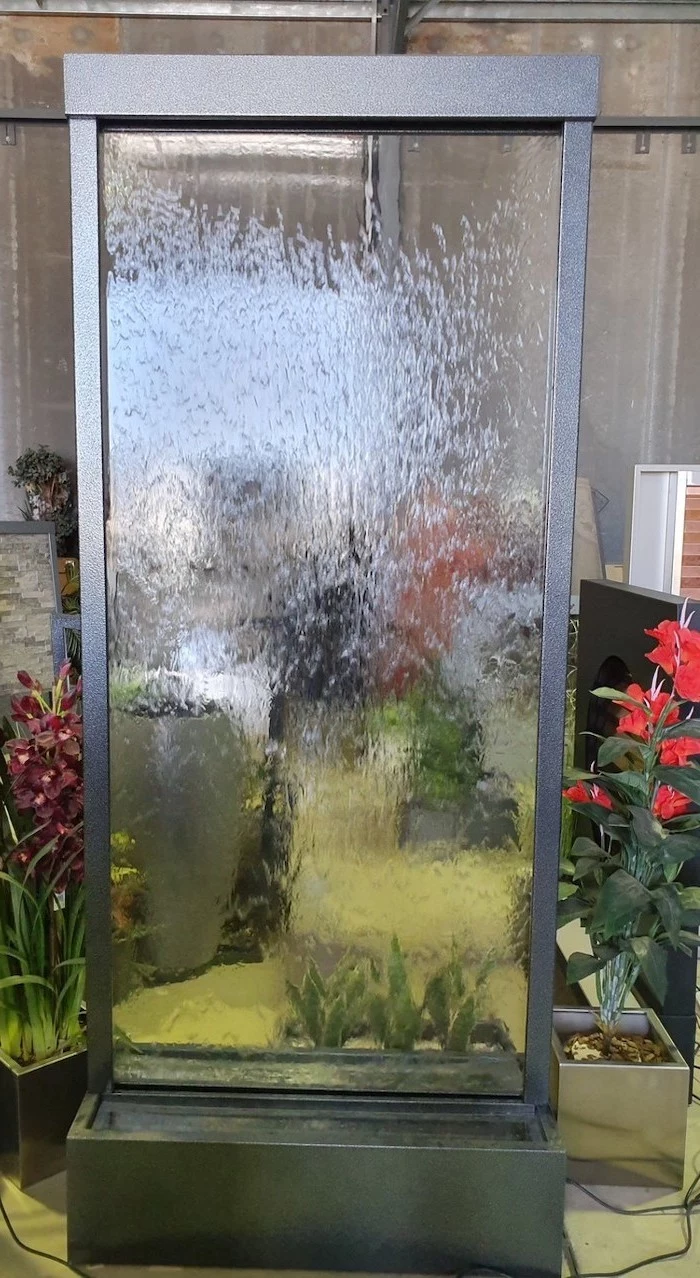
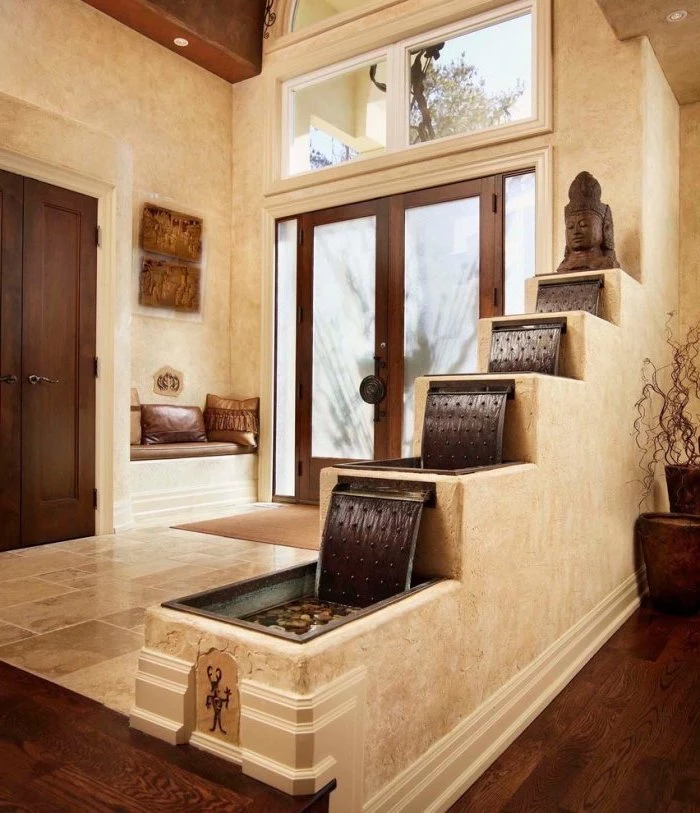
Did you know an average indoor fountain can increase a room’s humidity by 5%?
This is fantastic news for your skin, your sinuses, and your houseplants! Tropical plants like orchids, calatheas, and ferns that crave higher humidity will thrive when placed near the gentle, moist air created by your fountain.
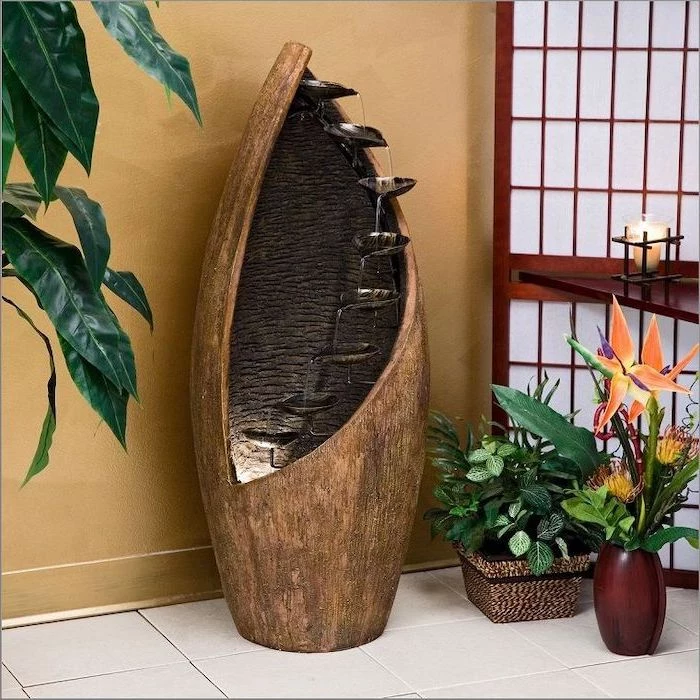
For a touch of Japanese garden serenity, consider a ‘Shishi-odoshi’ or ‘deer scarer’ style fountain. Traditionally made of bamboo, this design features a pivoting arm that slowly fills with water, then tips over to create a gentle ‘clack’ sound as it empties. Modern interpretations in resin or metal offer a minimalist and meditative focal point.
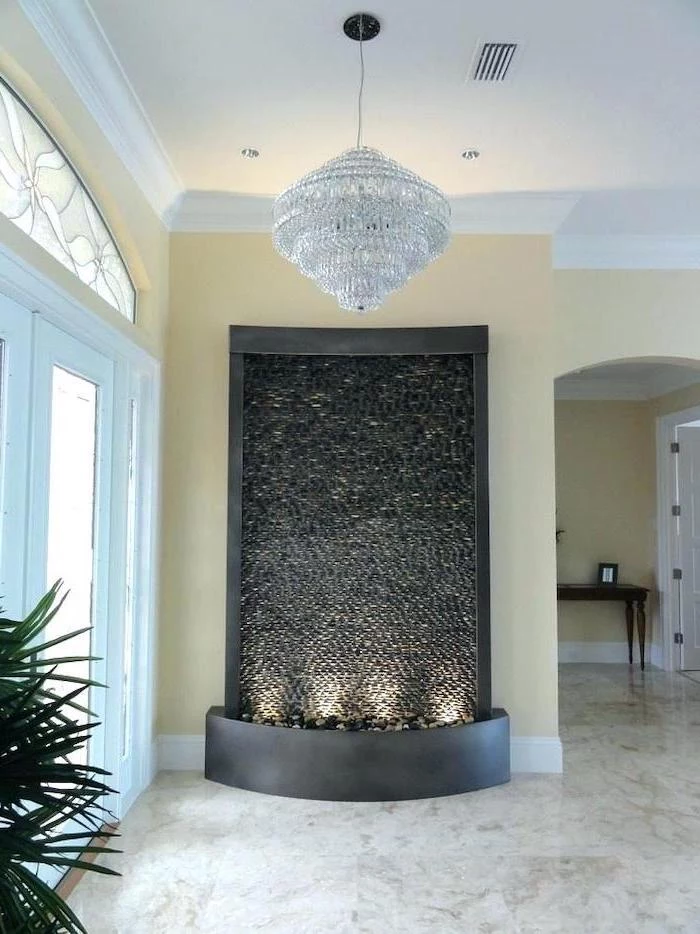
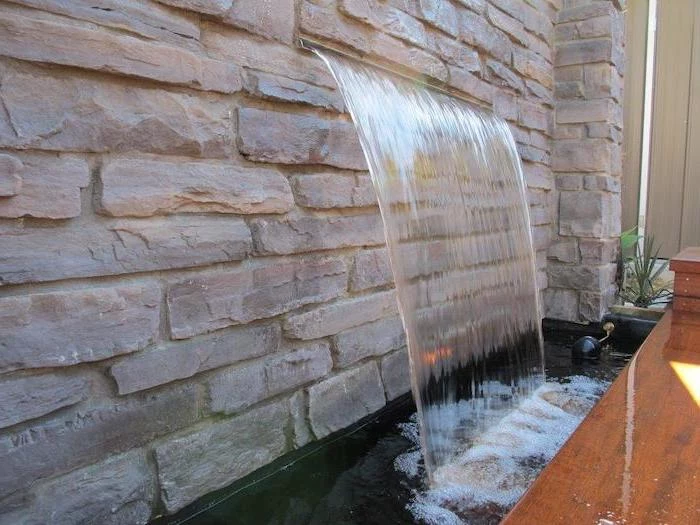
Slate: Offers a natural, textured look with unique color variations. The sound is often a soft, sheeting whisper as water glides over its surface.
Glass: Delivers a sleek, contemporary aesthetic. Water flow is visually stunning, especially when lit, creating a ‘rain curtain’ effect. The sound is typically a clean, clear trickle.
Choose slate for an organic vibe and glass for modern drama.
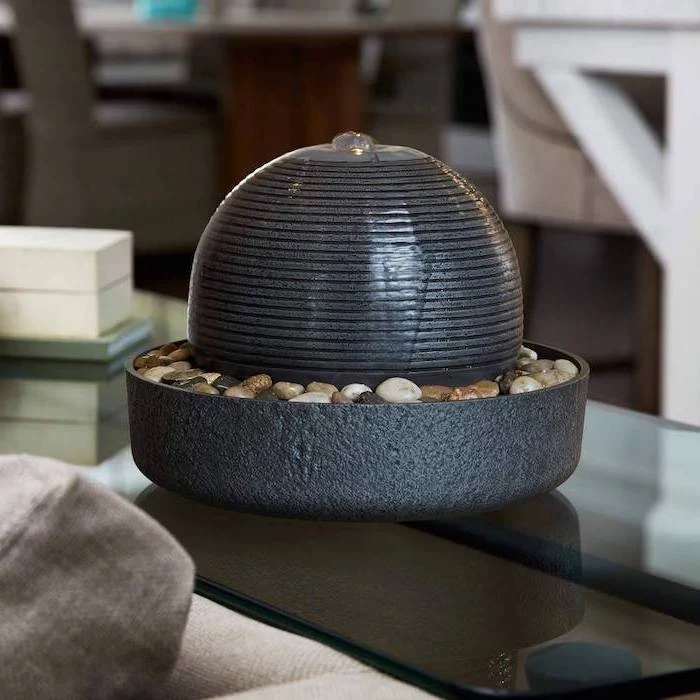
- A consistent, gentle soundscape.
- A mesmerizing visual focal point.
- A more humid, plant-friendly environment.
The secret behind this multi-sensory experience? A high-quality, silent pump. Look for mag-drive (magnetic drive) pumps from brands like Alpine Corporation or Beckett, which are known for their reliability and quiet operation, ensuring you hear the water, not the motor.
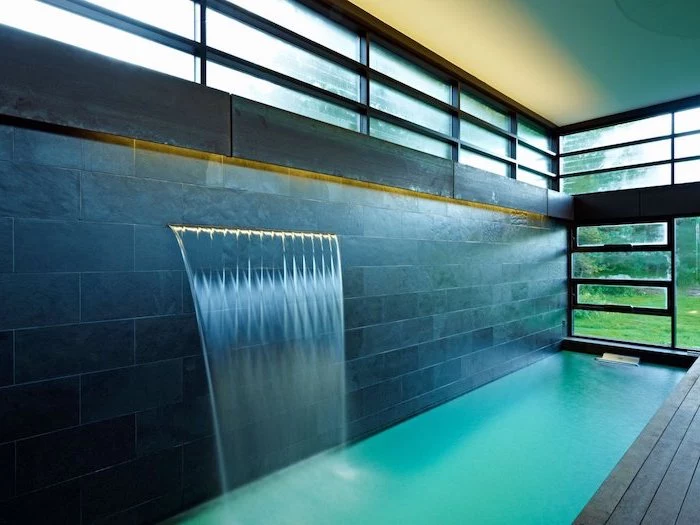
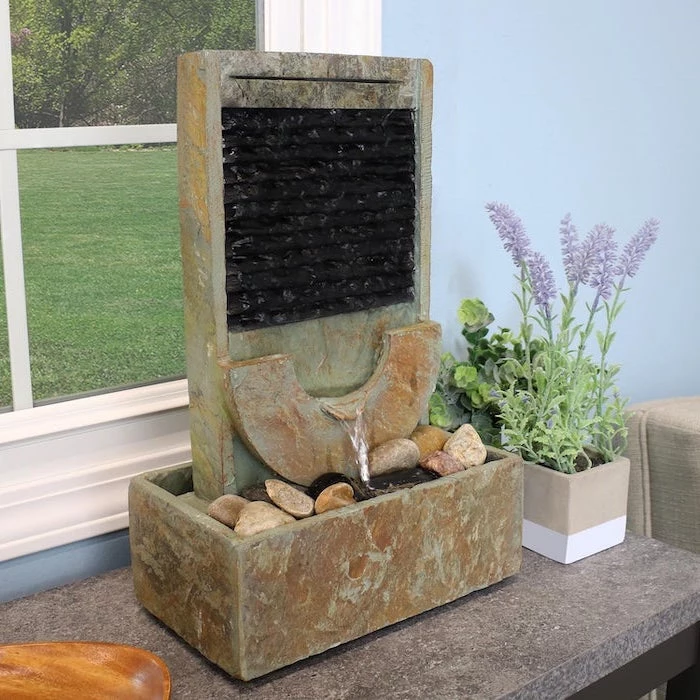
Before installing a very large, heavy stone or glass water wall, consider your floor’s load-bearing capacity. Water is heavy (about 8.3 pounds per gallon), and a 50-gallon feature can easily weigh over 400 pounds before factoring in the structure itself. For substantial installations, a quick consultation with a structural engineer is a wise investment.
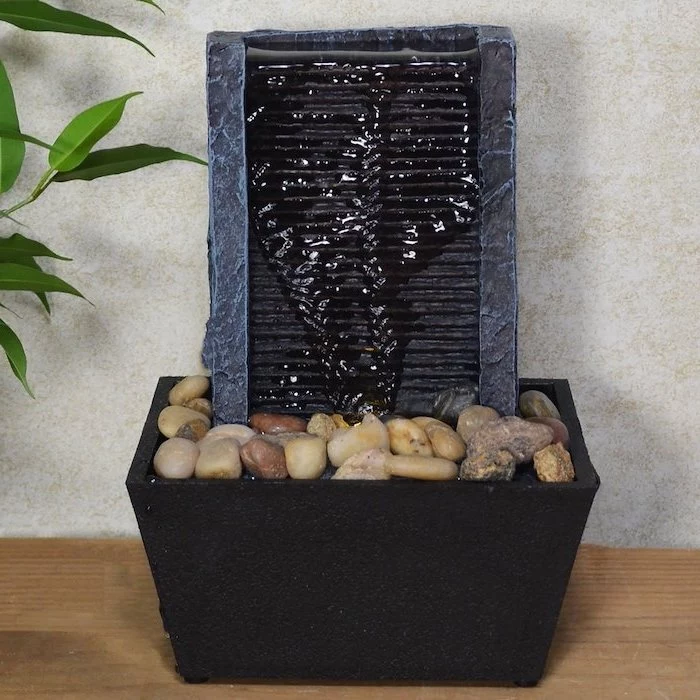
To combat algae and bacteria without harsh chemicals, try a capful of white vinegar during your regular water change. It helps to naturally disinfect and break down mineral deposits. Run the fountain for an hour, then empty, wipe, and refill with fresh water. It’s an easy, eco-friendly cleaning hack.
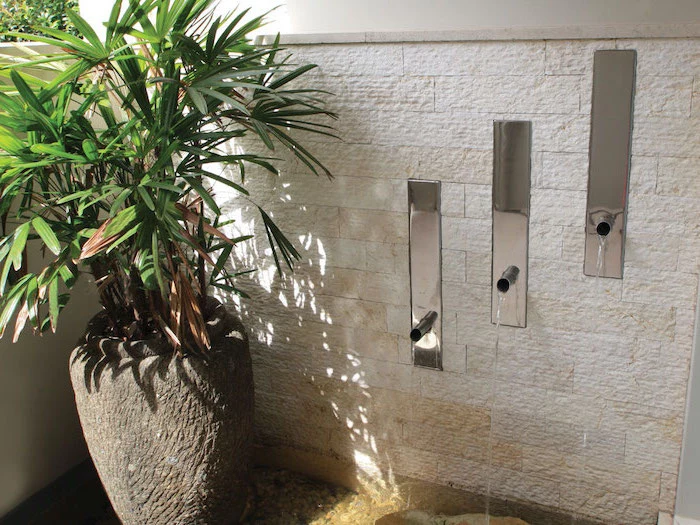
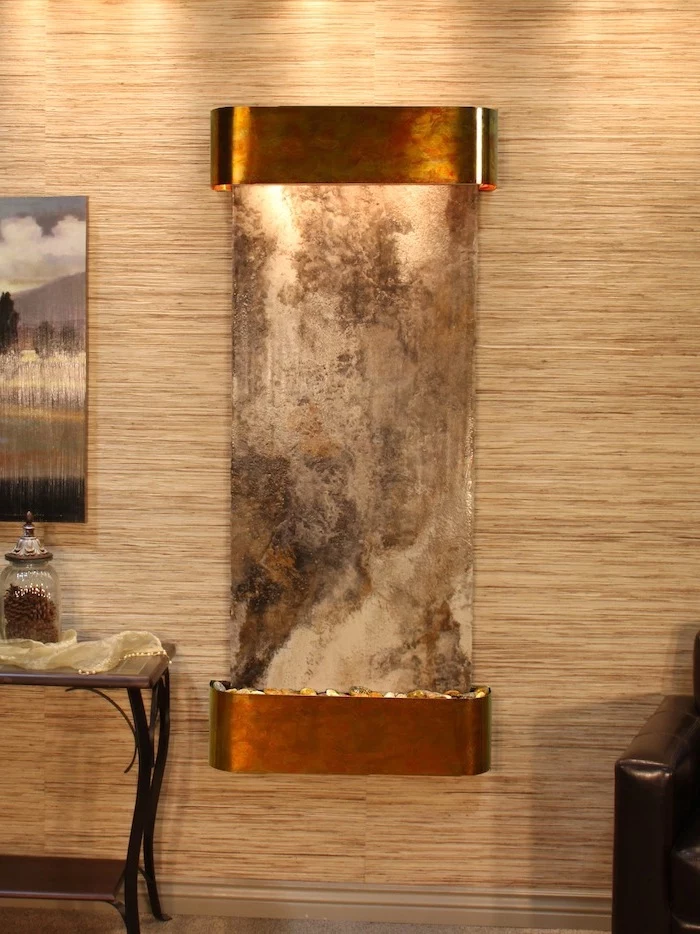
Where should I absolutely NOT put my fountain?
Direct sunlight is the enemy. It will warm the water and create a perfect breeding ground for algae, turning your clear feature into a green mess in no time. Also, keep it away from heat vents or radiators, which will speed up evaporation and require constant refilling.
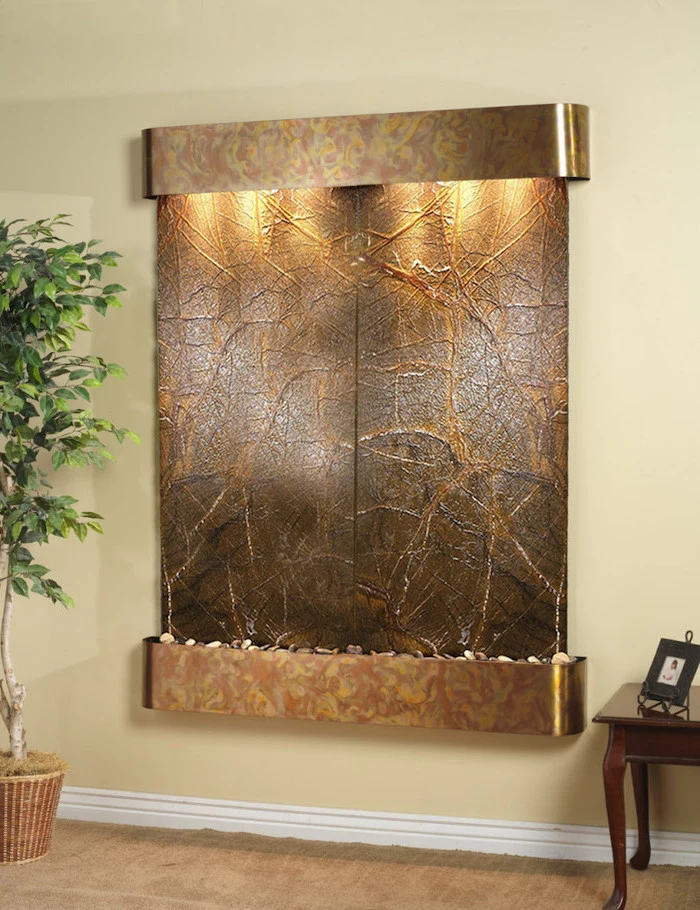
A simple DIY project: Create your own fountain with a waterproof ceramic pot, a small submersible pump (like a 40 GPH model), some clear vinyl tubing, and decorative river rocks. Just place the pump in the pot, conceal it with rocks, run the tube to the top, and fill with water. It’s a satisfying way to get a custom look on a budget.

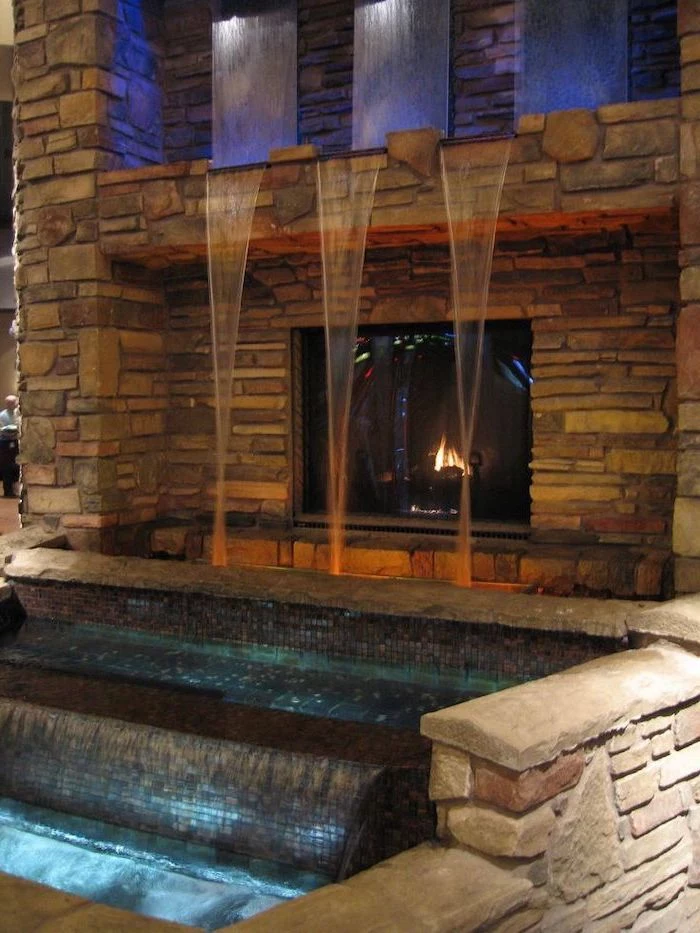
Heads up on evaporation: All fountains lose water to the air, but the rate depends on your home’s climate. In a dry, heated home during winter, you might need to top up a small fountain every two days. In a more humid environment, it could be once a week. The key is to keep the pump fully submerged to prevent it from burning out.
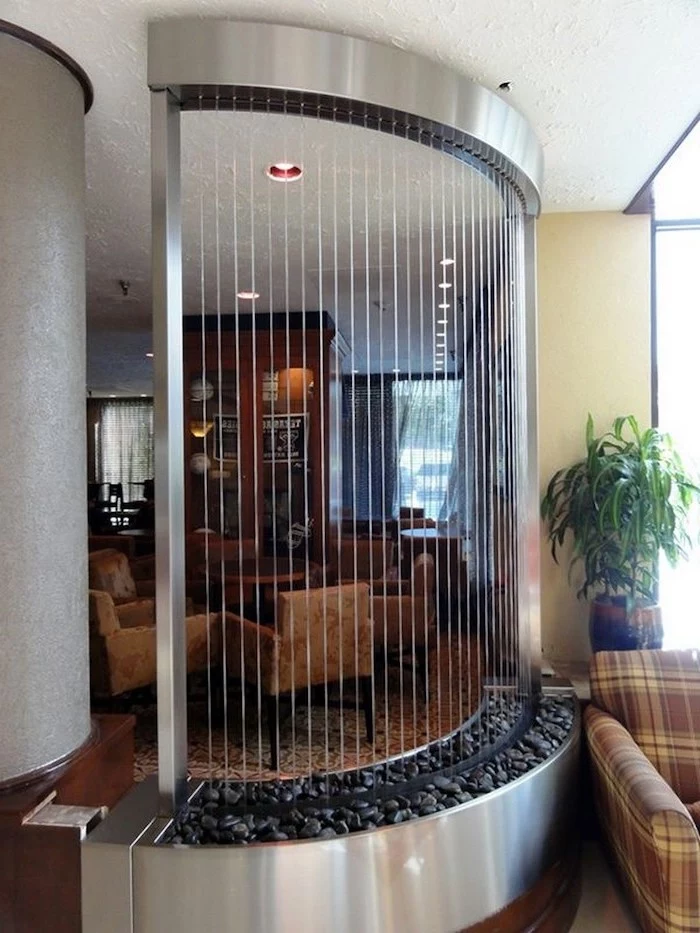
The patina that develops on copper fountains is a major part of their appeal, shifting from a shiny penny to rich, deep browns and sometimes a classic verdigris green. This natural aging process means the fountain evolves with your space, adding a layer of history and character that manufactured finishes can’t replicate.
Budget-friendly choice: Resin. This material can be molded to convincingly mimic slate, stone, or ceramic at a fraction of the cost and weight. While it may not have the exact feel of natural stone, high-quality resin fountains are durable, easy to move, and offer an accessible entry point into the world of indoor water features.



